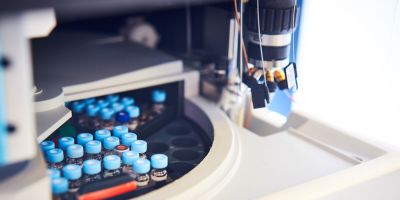Professor John Plane leads research into Mars carbon dioxide ice clouds

For more than two decades, rovers and orbiters have captured images of wispy clouds made of carbon dioxide ice.
The Mars Pathfinder Rover has photographed blue clouds from the surface of the planet which appear at high altitudes. What are they? And how are they formed? “It hasn’t been easy to explain where they come from” explains Professor John Plane from the School of Chemistry.
Professor Plane has led research which suggests that the clouds may come from the dusty tails of comets. Roughly 3 tonnes of cosmic dust enters the Mars’ atmosphere each day, the cosmic particles can heat up and evaporate when entering the atmosphere leading to the release of metal atoms. Charged particles, or ions, of magnesium from the cosmic dust are thought to trigger the formation of tiny ice crystals that help form clouds.
The research highlights how magnesium and iron evaporate from the cosmic dust in the upper atmosphere of Mars, ionize and then combine with CO2 (which makes up approximately 95 percent of Mars’ atmosphere) to create metal carbonates. The metal carbonates then cluster with water molecules, creating what Professor Plane describes as “dirty ice” particles. Predictions suggest that extremely low temperatures below -180°C enable the carbon dioxide to condense on the “dirty ice” particles at high altitudes in the Martian atmosphere. This process leads to the formation of clouds of carbon dioxide ice particles observed by rovers on the planet’s surface and by orbiting spacecraft.
Dr Thomas Mangan commented on his involvement in the research:
"My contribution to the project involved applying classical nucleation theory to investigate under what conditions in the Martian atmosphere these “dirty ice” particles could initiate the formation of carbon dioxide ice clouds. Being involved in this interesting research question gave me an opportunity to apply some of the knowledge and expertise I gained during my PhD (which looked at high altitude clouds on Earth and Mars)."
References
Plane, J. M. C., Carrillo‐Sanchez, J. D., Mangan, T. P., Crismani, M. M. J., Schneider, N. M., & Määttänen,A. (2018). Meteoric metal chemistry in the Martian atmosphere. Journal of Geophysical Research: Planets, 123. https://doi.org/10.1002/2017JE005510
Further information
You can read the article here.
Find out more about Professor John Plane and Dr Thomas Mangan by visiting their profiles.




